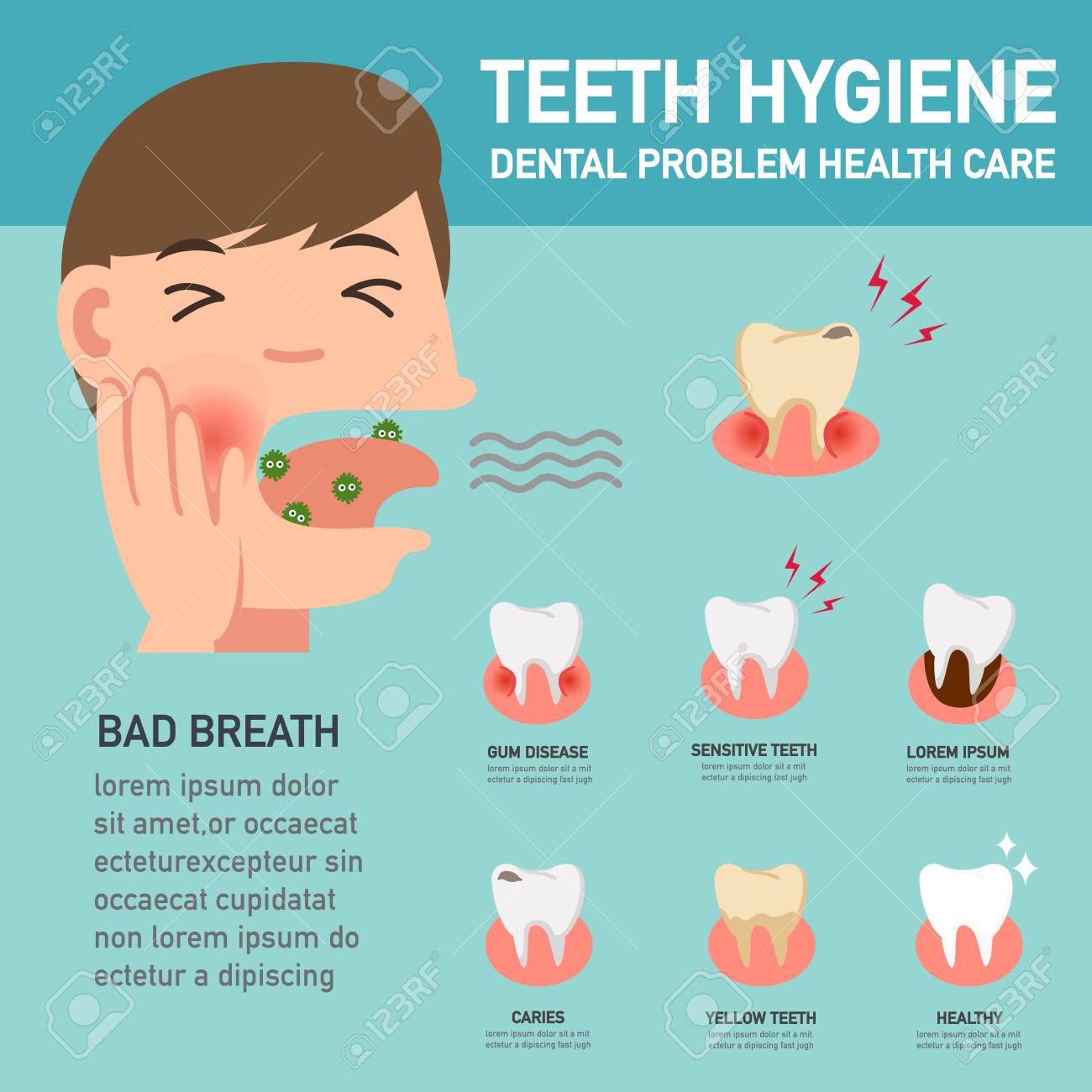The Perspective Of Dental Surgery: Revolutionary Innovations And Enhancements Forming The Occupation
The Perspective Of Dental Surgery: Revolutionary Innovations And Enhancements Forming The Occupation
Blog Article
Staff Writer-Kokholm Guerra
Invite to the globe of oral surgery, where innovations and advances are forming the future of the field! In this amazing world, you'll witness the transformative power of robotics, the advanced marvel of 3D printing, and the game-changing effect of minimally intrusive methods.
The future of dental surgery holds a pledge of accuracy, performance, and improved person results. With the help of advanced robotics, surgeons have the ability to carry out complex treatments with greater accuracy and control.
3D printing technology is transforming the development of dental implants and prosthetics, providing customized services that fit seamlessly right into each person's special makeup.
In look at this site , minimally invasive techniques are reducing post-operative pain and recovery time, enabling patients to return to their lives quicker.
Prepare to explore the exciting innovations and breakthroughs that are reshaping the landscape of dental surgery!
Developments in Robotics
One major advancement in oral surgery is the use of robotic modern technology, which permits specific and efficient operations. With best dentist for cleaning of robot systems, dental surgeons have the capability to do complex surgical treatments with enhanced accuracy, minimizing the danger of human mistake.
These robot systems are furnished with advanced imaging modern technology and specific tools that make it possible for doctors to navigate via elaborate physiological structures easily. By using robotic innovation, cosmetic surgeons can achieve higher surgical precision, leading to improved patient results and faster healing times.
In addition, the use of robotics in dental surgery permits minimally invasive treatments, reducing the injury to bordering cells and promoting faster healing.
3D Printing in Oral Surgery
To improve the area of dental surgery, you can check out the subtopic of 3D printing in dental surgery. This innovative technology has the prospective to change the way dental doctors run and deal with people. Here are 4 vital ways in which 3D printing is forming the area:
- ** Customized Surgical Guides **: 3D printing allows for the production of very accurate and patient-specific surgical overviews, boosting the accuracy and efficiency of procedures.
- ** Implant Prosthetics **: With 3D printing, oral doctors can create tailored dental implant prosthetics that flawlessly fit an individual's unique anatomy, resulting in far better results and patient complete satisfaction.
- ** Bone Grafting **: 3D printing makes see here now for the production of patient-specific bone grafts, lowering the demand for conventional implanting strategies and improving recovery and healing time.
- ** Education and learning and Educating **: 3D printing can be utilized to produce sensible medical models for educational objectives, enabling dental doctors to exercise intricate treatments prior to doing them on clients.
With its prospective to improve precision, modification, and training, 3D printing is an exciting development in the field of dental surgery.
Minimally Invasive Strategies
To additionally progress the field of dental surgery, embrace the possibility of minimally invasive techniques that can significantly profit both cosmetic surgeons and clients alike.
Minimally invasive methods are changing the field by decreasing medical injury, decreasing post-operative discomfort, and increasing the healing process. These methods involve making use of smaller incisions and specialized tools to perform treatments with accuracy and efficiency.
By utilizing sophisticated imaging innovation, such as cone beam calculated tomography (CBCT), cosmetic surgeons can accurately plan and carry out surgical procedures with very little invasiveness.
Additionally, using helpful resources in dental surgery enables specific tissue cutting and coagulation, resulting in decreased blood loss and decreased recovery time.
With minimally intrusive techniques, people can experience faster healing, lowered scarring, and boosted results, making it an important facet of the future of dental surgery.
Conclusion
So, as you can see, the future of dental surgery is unbelievably encouraging, with interesting advancements and breakthroughs forming the field.
From the innovations in robotics to making use of 3D printing and minimally intrusive methods, oral specialists are changing the means they give treatment.
While some may fret about the potential expense related to these improvements, it's important to bear in mind that these technologies ultimately improve person results and decrease healing time, making them well worth the financial investment in the future.
